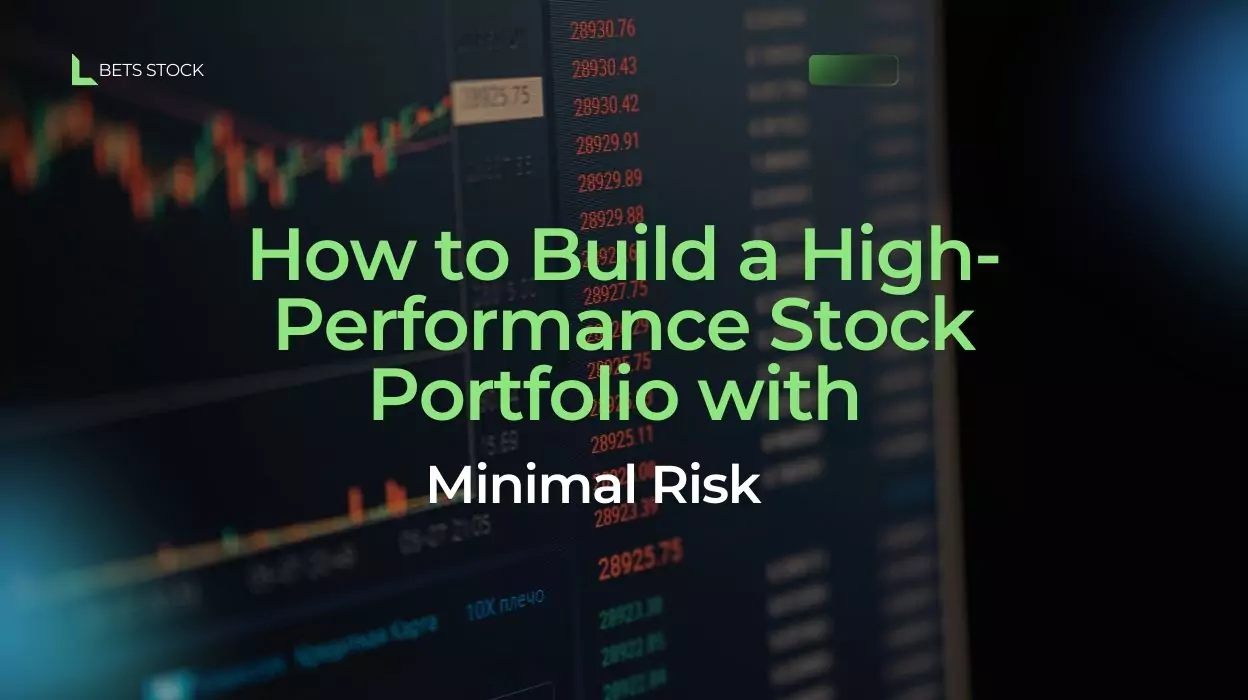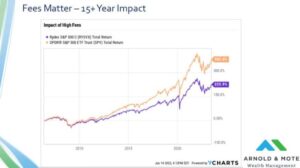
How to Build a High-Performance Stock Portfolio with Minimal Risk
- Plabon
- 0
- Posted on
For many, investing in the stock market is like a mysterious maze. With so many choices and so many elaborate strategies, how do you know your portfolio will deliver strong returns while limiting your risk? The (mostly) good news is that constructing a high-performing stock portfolio doesn’t have to be intimidating. By using these smart tactics and being cautious and careful, you can begin making decisions that are right for you in the long term.
This guide will help you take the necessary steps to form a stock portfolio that is both performance and risk-balanced. We’ll range from setting financial goals, to diversifying your investments to monitoring your progress. And by the end, you’ll have the knowledge you need to invest with confidence — and maximize your returns.
Why a Carefully Constructed Portfolio of Stocks is So Important
The stock portfolio serves as the engine of your financial growth. A well-considered portfolio not only helps them grow wealth over time, but also protects them from needless risks. It’s a matter of balancing higher returns against measured levels of exposure to market volatility.
Investing with no plan raises the risk that you’ll make emotional decisions, like selling during a market downturn for fear of losing more money, or chasing high-flying issuers with too much risk. Having a defined plan means you’re also more likely to stick to that plan and achieve this kind of steady return.
1: Determine Your Investment Goals and Risk Tolerance
Before selecting stocks, step back and define your financial goals. Ask yourself:
-
Are you saving for retirement, a home or education?
-
How long do you intend to maintain your investments?
-
How much risk do you want to take?
These aspects will impact the kind of assets you will include in your portfolio. For instance:
-
Short-term goals (1–3 years): Consider investing in safer and fixed-income investments such as bonds and dividend-yielding stocks.
-
Medium-term goals (3–10 years): A combination of growth and stable assets can be a good fit.
-
Long-term goals (10+ years): Stocks have had the highest rates of return over the long term in the past, so they’re the best choice for long-term wealth building.
Your risk appetite is as important as well. For example, more aggressive investors may favour high-growth tech stocks, while conservative investors may instead prefer blue-chip companies or index funds.
Pro Tip:
If you’re unsure about your risk level, try a risk tolerance questionnaire, which you can find on advisory sites like Vanguard or Fidelity.
For better understanding, you can read this: How to Invest in the Stock Market
2: Select the Appropriate Asset Allocation
The foundation of a well-diversified portfolio is the proper asset allocation. Asset allocation provides a framework in which you can blend your portfolio between different asset classes and investments, including stocks, bonds and alternative investments, like real estate, according to your risk tolerance and goals.
The ‘Optimals’ of Asset Allocations
-
Conservative (Low Risk): 70% bonds, 25% stocks, 5% alternatives
-
Balanced (Moderate Risk): 50% stocks, 40% bonds, 10% alternatives
-
Aggressive yet manageable (High Risk): 80% equities, 15% bonds, 5% alternatives
And diversity is crucial in the stock portion. Diversify in terms of both sectors (like healthcare, tech, and finance) and location (like U.S. vs. internationally).
Why This Matters:
The whole point of diversification is to reduce the volatility of your portfolio. Losses in one may be offset by gains in another, providing a cushion to your investments and a potentially smoother ride.
3: Focus on Low-Cost Index Funds and ETFs
If you’re new to investing or if you don’t want to do the work and research of daily stock picking, index funds and ETFs are your best friends. These investments pool money from different people to track market indices such as the S&P 500 or NASDAQ.

Benefits
-
Cheaper: Generally speaking, ETFs have lower expense ratios than actively managed funds do.
-
Automated Diversification: A single ETF can provide investment in hundreds — and sometimes thousands — of companies.
-
Ease of Management: With an ETF, there’s less need to constantly monitor individual stocks.
A favorite such as the Vanguard Total Stock Market ETF (VTI) or iShares MSCI Emerging Markets ETF (EEM) can provide immediate access to the broad markets.
Pro Tip:
Reinvest your dividends from such funds, and the power of compounding will increase the size of your portfolio.
4: Do Your Research and Choose Stocks Carefully
After you build your core portfolio with index funds or ETFs, you could add some individual stocks to pump up your returns even more. Quality is more important than quantity when it comes to picking the right stocks.
Important Parameters for Selecting Stocks
- Solid Growth History: Companies with an impressive history of revenue and profit growth.
- Strong Balance Sheets: Avoid highly leveraged companies; review key ratios like debt-to-equity.
- Competitive Advantage: A unique edge, like a patent or brand dominance, boosts long-term performance.
- Valuation Metrics: Use P/E and P/B ratios to evaluate overvaluation.
Example:
Apple (AAPL) is celebrated not just for its gadgets, but also for its relentless growth in sales and its robust cash cushion. And under more conservative investors, stocks such as Johnson & Johnson (JNJ) or Procter & Gamble (PG) will be favourites for their resistance to economic slowdowns.
Avoid These Pitfalls
- Following hot stocks or trends
- Putting all your eggs in one sector or company
- Flipping at any price point
- Not checking the value before purchasing
5: Periodically Review and Rebalance Your Portfolio
After your portfolio is up and running, don’t “set it and forget it.” Periodic reviews are important to make sure your allocation is in line with your original goals.
How to Rebalance
- Yearly (or Semi-annual): Rebalance to return to your original asset allocation (e.g., sell stocks to buy bonds if your stock exposure has increased).
- Life Events: Rebalance when you experience significant life events such as getting married, purchasing a home, or nearing retirement.
- Market Changes: Review during major market or economic shifts.
Rebalancing can keep discipline and ensure that your portfolio doesn’t become too risky or too conservative.
6: Be Patient and Invest for the Long Term
Building wealth takes time. Don’t look at short-term market moves, but focus on long term. Over the decades, the stock market generally has returned 7–10% on an average annual basis.
Avoid making emotional decisions in bear markets. If you’re selling during dips, you’re locking in losses; if you’re patient, you can ride out the volatility and get the lift from the recovery when it eventually comes.
Inspirational Stat
From 2001 through 2020, the annual return of the S&P 500 was 7.5% — when you include the 2008 financial crisis and the Covid-19 crash. Those who stayed the course were richly rewarded over the long term.
Pro Tip:
Stay informed! Keep up with financial news and perhaps consider using tools like Morningstar or Seeking Alpha to gather some research. Robo-advisors like Betterment or Wealthfront also simplify long-term investing.
It’s Time to Start Your Portfolio
Luck is not what you need to build a rock-solid, high-performance stock of investments with limited risk. With clearly defined objectives, smart diversification and disciplined investment, you can grow without incurring too much in losses.
Right now is the best time to start to take charge of your financial future. Whether you’re an experienced investor or at the beginning of your journey, following these steps can put you on the road to success.
Are you prepared to have a winning portfolio?
The sooner you begin, the more you’ll reap in the future.
